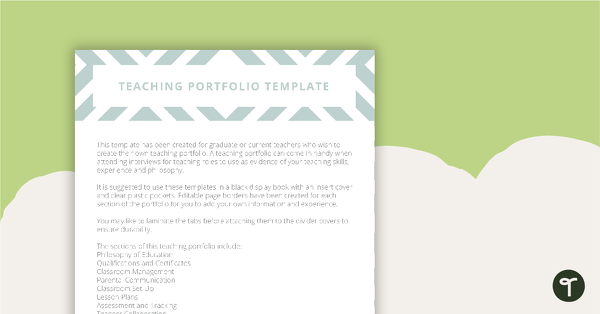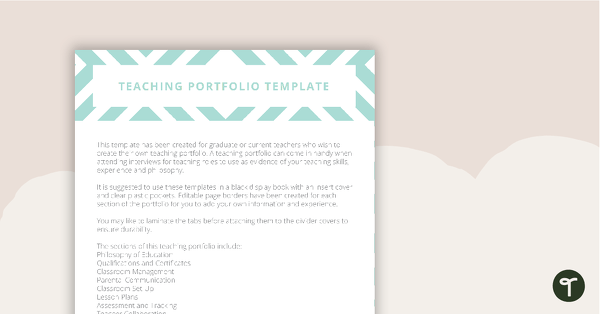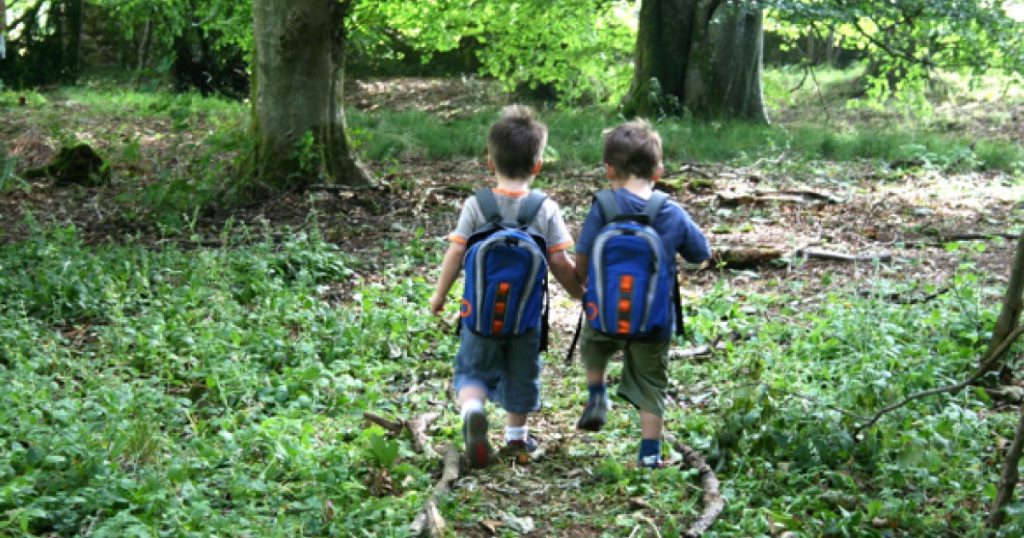Can we talk about teacher resumes for a minute? If you just graduated from college with your teaching degree, first off a round of congratulations is in order. But as you well know, now a brand-new process starts: Writing a teaching resume, applying for teaching jobs, and of course nailing that teaching job interview!
But first thing’s first! We’ve been in your shoes, so we wanted to make things just a little bit easier with some solid tips on what should go in a teacher’s resume, what shouldn’t, and what most entry-level teachers forget to mention! Read on for a teaching resume example format, plus tips on how long a teaching resume can go before it’s too long.
How to Write a Teaching Resume
One thing we often hear from new teachers is the concern that they just haven’t done enough yet to write a teaching resume that will wow a district. But just consider this: The Learning Policy Institute estimates United States school districts will be in need of about 316,000 new teachers in the year 2025 … and everyone has to start somewhere!
Besides, Sidney Green, a resume writing manager at job hunting site iHire, tells Teach Starter there’s plenty new teachers have already done that’s resume-worthy. They just need to know how to format a resume the right way.
“There’s a LOT of practicum experience that goes into your degree, there’s a lot of classroom experience,” Green says. All that time you spent student teaching, all those projects you created, all those lesson plans you wrote? These are examples of valid experience that belong on a teaching resume!
When you’re ready to get started with your resume, Green suggests sitting down and compiling lists of the big projects you did in college, any academic projects or research you might have done, as well as honors and awards. Add to that any accreditations you have earned, any volunteer work you have done that may relate to education (remember those hours you spent tutoring or working with Big Brothers/Big Sisters?), and memberships in any organizations.
If you have prior work experience — even if it isn’t in the field of education — you’ll want to include that too, as you may be able to showcase customer service skills, people management, and a work ethic.
Teaching Resume Example Format
This is the trickiest part for many job-seekers, not just teachers, Green says. There’s a tendency to put your work experience up front, but if you’re looking for your first teaching job, that’s a big mistake, she warns.
Instead, teaching resumes should include as much education-relevant information as you can right near the top where a recruiter or hiring manager can see it. That means right after the part where you put your name and contact information, you should dive right into your education and your experiences in a classroom.
Every single resume is different — and they should be — but Green offers this as a basic teaching resume example format. From top to bottom:
- Name and contact information — This should include the address of your LinkedIn page if you have one (and if you’ve updated it).
- Summary and skills section — These two can be combined into one, but this is the place you’re going to want to talk about what you CAN DO including your in-classroom skills, and other relevant things you know how to do as a teacher.
- Diversity statement — These are becoming more common on resumes, including teaching resumes, Green says, and while it should not be the shining star, it’s certainly worth including fairly high on the page. A diversity statement can include past activities but also future plans to increase inclusion and equity.
- Certifications and education — Include your degree and the school you got it from, plus certifications you’ve received such as passing your state’s required teacher exam. The latter is something Green sees most entry-level teachers forget, and yet it’s vital information that will help districts determine if you’re ready to get into a classroom.
- Honors, awards, affiliations, and memberships — From graduating summa cum laude to being inducted into an honor society for educators, all of that belongs here.
- Community involvement/volunteer efforts — If have done volunteer work that relates directly to education, those skills may help get you an interview, and it’s worth putting them here. If your community work doesn’t really relate to education, it’s still good to have on the resume, but you may want to flip with the next portion.
- Work experience — Wrap up the bottom of the resume with work experience that doesn’t relate to your new career path.
Other Teacher Resume Tips
Wondering how long your teaching resume really needs to be? You can ignore the “one-page” resume rule you may have heard, Green says. A page and a half is fine, so long as you are highlighting relevant information that helps make you shine.
Need help building your teacher portfolio? We’ve got you covered there too! Download any of our polished and professional teacher portfolio templates, plus get a 50% off offer for a Teach Starter subscription available only to new teachers!
Are you a first-year teacher? Did you know student and first-year teachers get 50% off their Teach Starter subscription? Sign up now and save!
Banner image via shutterstock/rawpixel.com
The post How to Write a Teaching Resume (Plus What Most New Teachers Forget) appeared first on Teach Starter.





